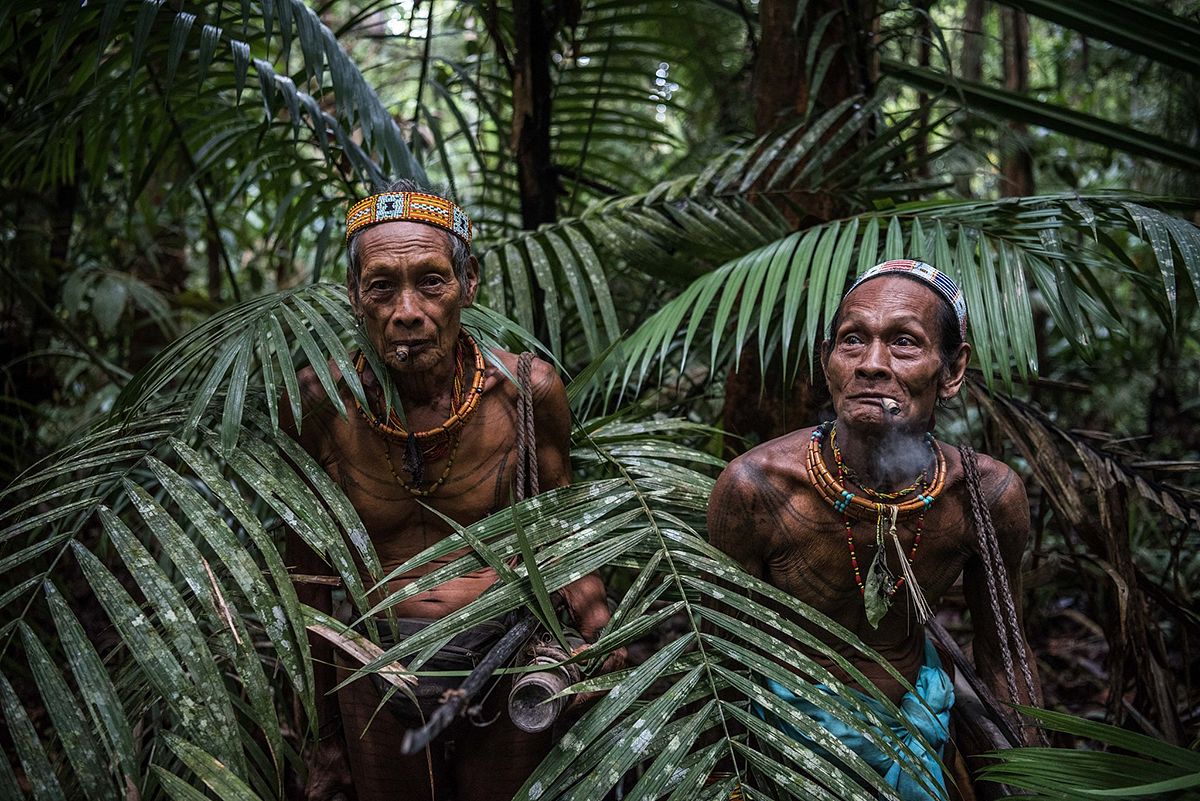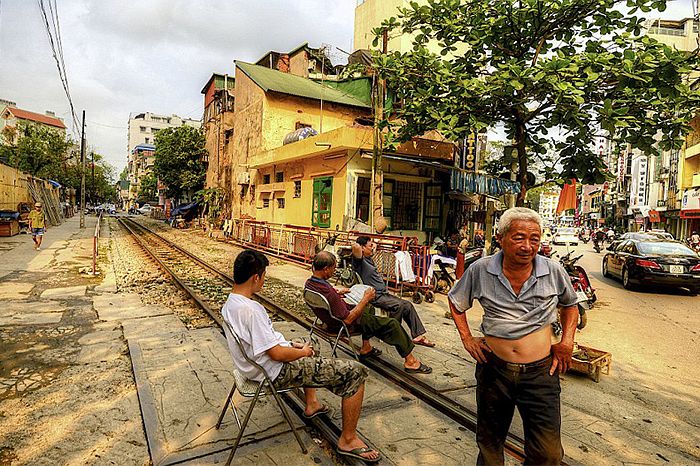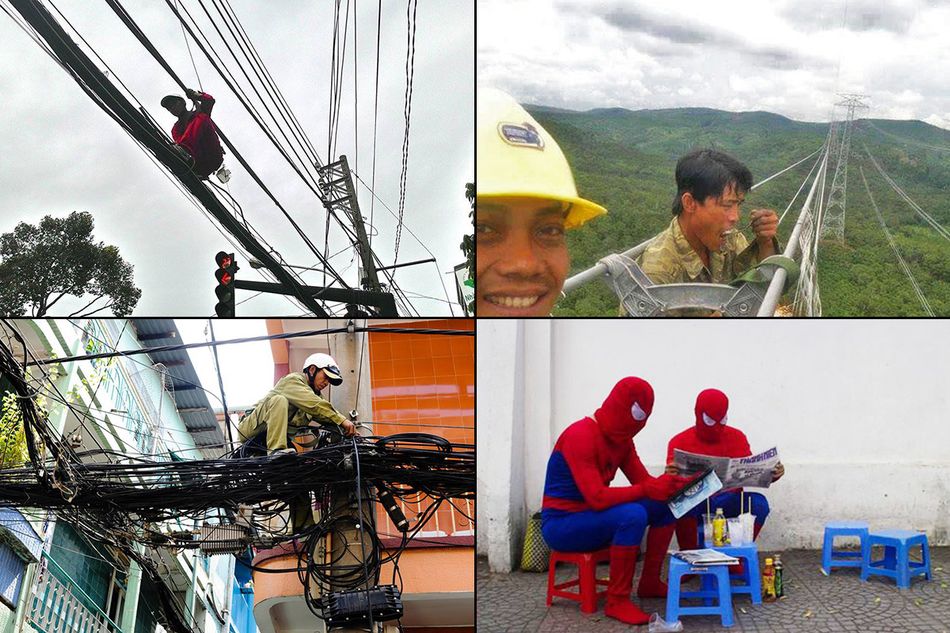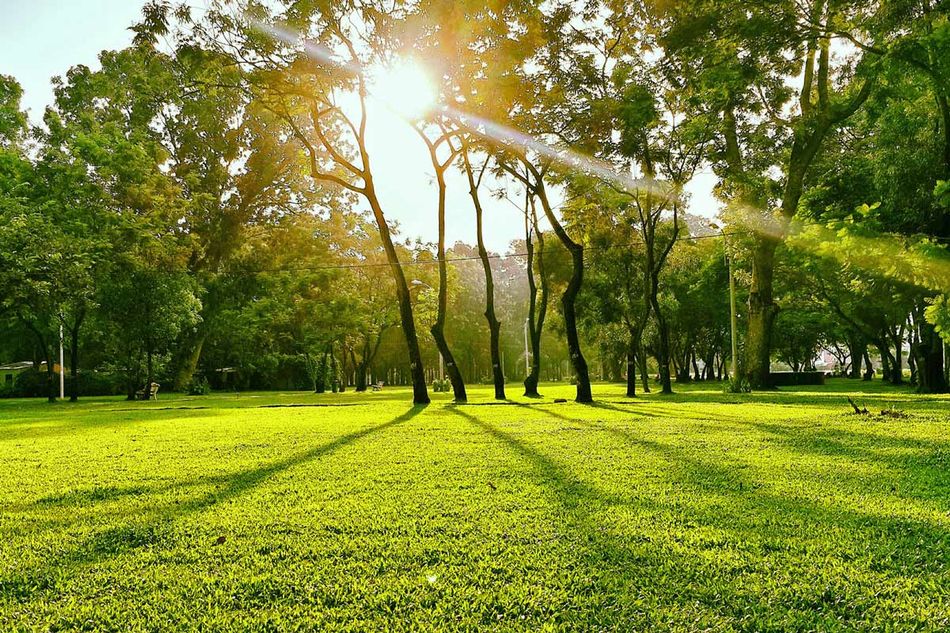Far removed from the rapidly modernizing cities of Indonesia, the Mentawai people are struggling to reconcile their traditional way of life with the country's development.
According to the New York Times, this small, isolated group – only around 60,000 people – is one of the rare Indonesian cultures that has not been influenced by Hindu, Buddhism or Islam over the last 2,000 years. Instead, the Mentawai are thought to have settled on an archipelago just south of the island of Sumatra roughly two millennia ago, making them one of Indonesia’s oldest cultures.
Outside of the island nation, few people are aware of the Mentawai and their namesake archipelago, a cluster of small, flat, rainforest-clad islands known to surfers more for its world-class waves than its people. However Indonesia's 20th-century history has tested Mentawai culture, as a decades-long campaign by the national government to eradicate tribal cultures from the country has created a rift between older and younger generations of the Mentawai.
Ever since Indonesia gained its independence in 1945, government officials have urged the Mentawai and other indigenous groups to abandon their own traditions in favor of one, unified national culture. Laws were enacted forcing indigenous people to join one of the country’s five government-approved religions – Hinduism, Christianity, Islam, Catholicism or Buddhism – and do away with their own animist faith.
For a short time, the Mentawai were able to avoid this change, living as they always had, until officials showed up in Siberut, the largest island of the Mentawai archipelago, in 1954. They told the group they had three months to choose a religion: Christianity or Islam. Many opted for Christianity because of the common Mentawai practice of raising pigs.
In the years that followed, government officials and police returned to Mentawai villages often, confiscating or burning traditional headdresses and religious items. Traditional cultural practices like filed teeth and tattoos were banned. Some, including Teu Kapik Sibajak and his wife, Teu Kapik Sikalabai, chose to move deeper and deeper into the rainforests of Siberut, avoiding contact with Indonesian officials.
Today, Mentawai anthropologist Juniator Tulius estimates there are only 2,000 people who live in the traditional ways of the group. Though the increasing destruction of Mentawai culture eventually ceased once western tourists began visiting the Mentawai in the 1990s, by the time things cooled much had already been lost.
Across generations, the younger Mentawai lead very different lives from their parents: the Kapiks’ 42-year-old son, Petrus Sekaliou, lives in a village, speaks Bahasa Indonesia and wears western clothing. When his parents become too old to care for themselves, Sekaliou plans to return to the rainforest to care for them at the end of their lives.
“Personally, I prefer living in the forest,” he told the Times. “I’m happier there. I don’t have to stress about finding work every day.”
Though the country is becoming increasingly more open to recognizing Mentawai culture – tribal elders are now permitted to wear traditional dress and live in the traditional way, while local schools have introduced Mentawai cultural education into their curriculum – it is hard to undo the decades of government repression.
“My kids don’t know about their culture whatsoever,” Sekaliou told the news outlet.
Meanwhile, the elder Mentawai are happy to stay where they are. Sekaliou’s mother told the Times: “I would never move from here.”
[Photo via New York Times]














